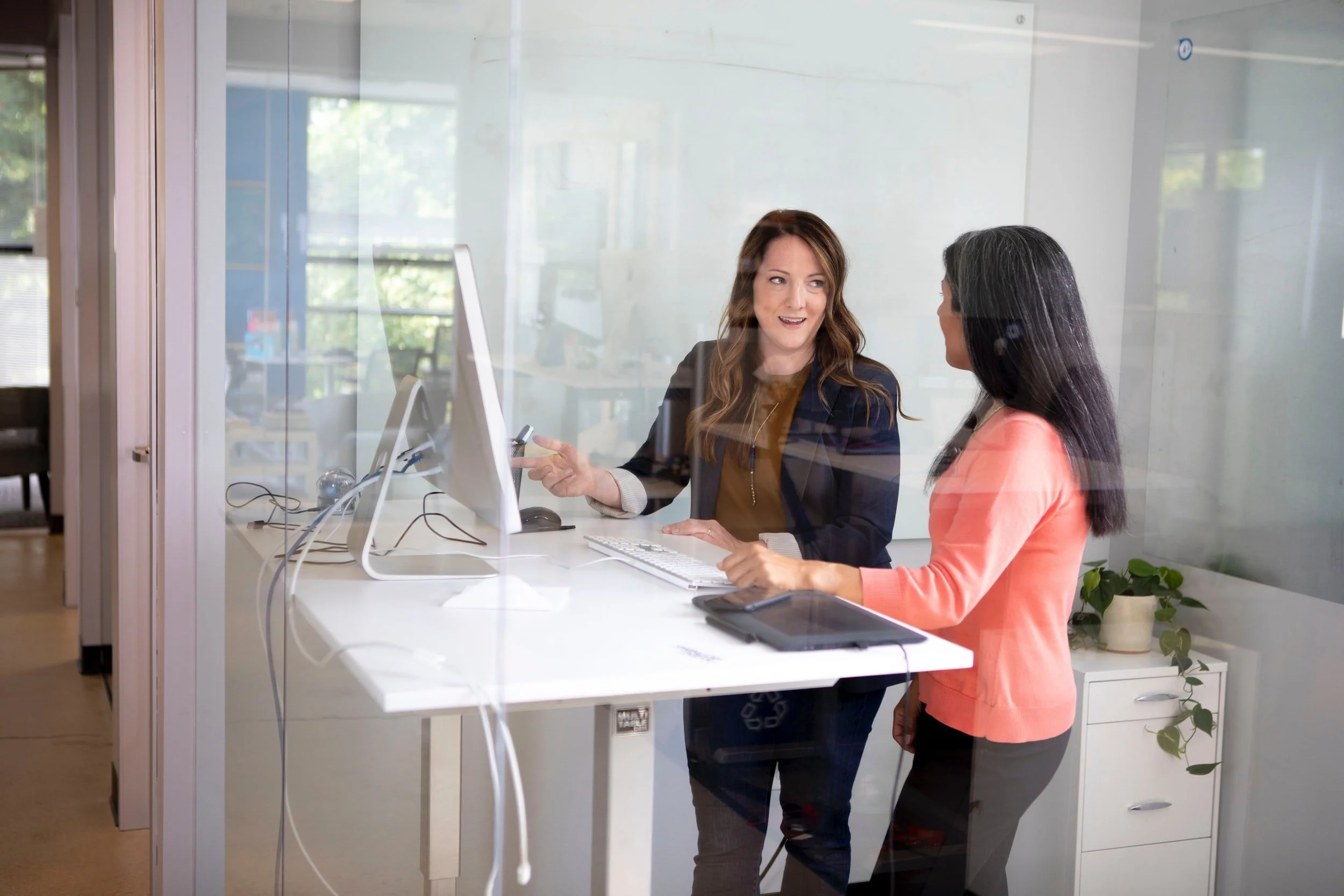How To Provide A Safe Place To Work During The Pandemic
The pandemic has shaken up social and cultural norms. The workplace is no different because it has undergone many changes to adapt to the new normal due to the pandemic. Companies are now having to redesign workspaces to adjust to these changes.
The Occupational Safety and Health Administration (OSHA) has a provision that holds employers to account in terms of their obligation to provide safe workspaces. Employers that don’t comply will be liable to pay a fine. Therefore, employers need to play their part in carefully designing workspaces for compliance to keep workspaces virus-free as much as possible. Given the transmissibility of this virus, prevention is better than cure. There’s no negotiating the importance of safety.
That being said, here’s a guide on how your organization can create a safe space to work during the pandemic.
1. Screening
Ensure that all workers are screened before they enter the workplace. This goes for all employees and walk-in customers—for instance, customers in fast food chains or office clients. Remember that outsiders should also be scanned in to ensure that they are not ill. Anyone could be a threat because the threat (COVID-19) itself is invisible. Therefore, screening should be mandatory. This applies whether you are part of the administration or a regular customer. The virus does not play favorites. Also, remember that the OSHA will hold you to account.
Moreover, screening can be done on entry and depending on the workplace structure. There can be many designated spots where people can do self-screening, such as contactless screening.
2. Sanitizing And Disinfection
Hand hygiene is a crucial part of protecting yourself from the virus. Therefore, there’s no such thing as using too much hand sanitizer. Also, there’s evidence that hand sanitizer does kill the virus. So, organizations need to ensure that every employee or customer who steps into their premises is sanitized. Nowadays, there are automatic dispensers, so there's no excuse.
Furthermore, workspace items—desks, chairs, keyboards, utensils, cupboards, fridges, etc.—should be sanitized regularly. Doing this would be best to keep the office space clean. In addition, if you want to go the extra mile, you can place disinfection liquid at every entry and exit point, especially for your employees since they will be working in the office. Practicality matters, but no measure is too extreme if it's designed to protect the employee.
3. Social Distancing
Before, there were crowded office spaces and room-filled auditoriums during meetings. But the pandemic has changed the norms. Social distancing is the new norm. You need to ensure that social distancing is enforced at all times. This also includes the distance between desks in the office. People have to be more spaced out to allow social distancing.
Also, you can use shields at every desk in the office to provide extra protection. They can also be placed in over-the-counter stores like groceries or bank counters. Using shields can give additional safety for the person behind them. However, you need to ensure that all the shields are clear and regularly sanitized to keep the virus away.
Furthermore, you could post up signage to guide customers in your store. You can use floor signs where appropriate. For instance, in places where customers are required to line up, you can mark the places where customers should stand in line.
Moreover, some occupations allow for some individuals to work remotely. Since the advent of the pandemic, people have had to look for creative ways to overcome the spatial limitations imposed by the pandemic. Therefore, remote working has become quite popular. People no longer have to meet in the office unless it's crucial. So, it's worthwhile investing in an excellent virtual networking and communication system if you haven't already.
Furthermore, organizations should ensure that equitable policies are maintained as far as dealing with the employees working remotely and those that aren't is concerned. It would help if you accounted for the possibility of unfair treatment. So you need to bear that in mind whenever remote working is a working option and is being practiced at your workplace.
4. Face Masks
This should be a no-brainer. It's vital to ensure that face masks are worn all the time. However, it's not practical that a face mask is worn, especially when eating or drinking. In cases like these, social distancing has to come into play. Nonetheless, having a face mask on as much as possible helps to protect the employee, especially those employees who have face-to-face encounters with clients like waiters or bank tellers.
While breathability is a concern, it still should be a requirement because it is effective. Some people may or may not like masks, but for the sake of your employee's safety, you ought to make it standard practice for your particular store or business premises that everyone who enters should wear a face mask.
5. Have An Employee Support System In Place
The whole company needs to have a support structure in place for employees. For instance, if someone is infected with the COVID-19 virus, what steps will you take to assist the employee and notify others? You could put in place a paid leave program for those who fall sick with the virus or provide resources for those who want to get tested. So that support structure or program needs to be there, and it's going to be very important in the future because these are some things that you as a business will have to report on based on OSHA obligations.
Conclusion
When the environment in which one works is designed to ensure their safety, they will work with greater ease. When you take steps to protect your employees and put forward rules or policies to protect and support them, they will feel safer. Remember, you're dealing with people, and people have legitimate concerns, and safety is one of them. Play your part in showing employees that you as an organization genuinely care for them.











